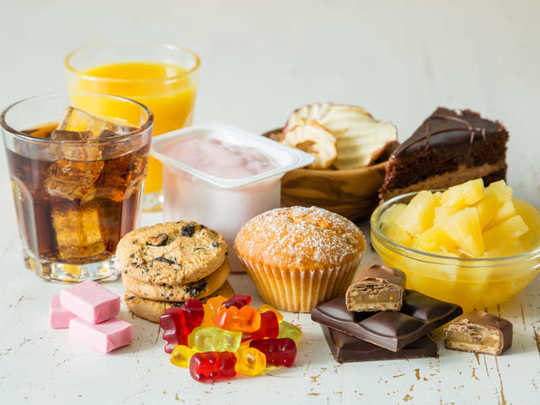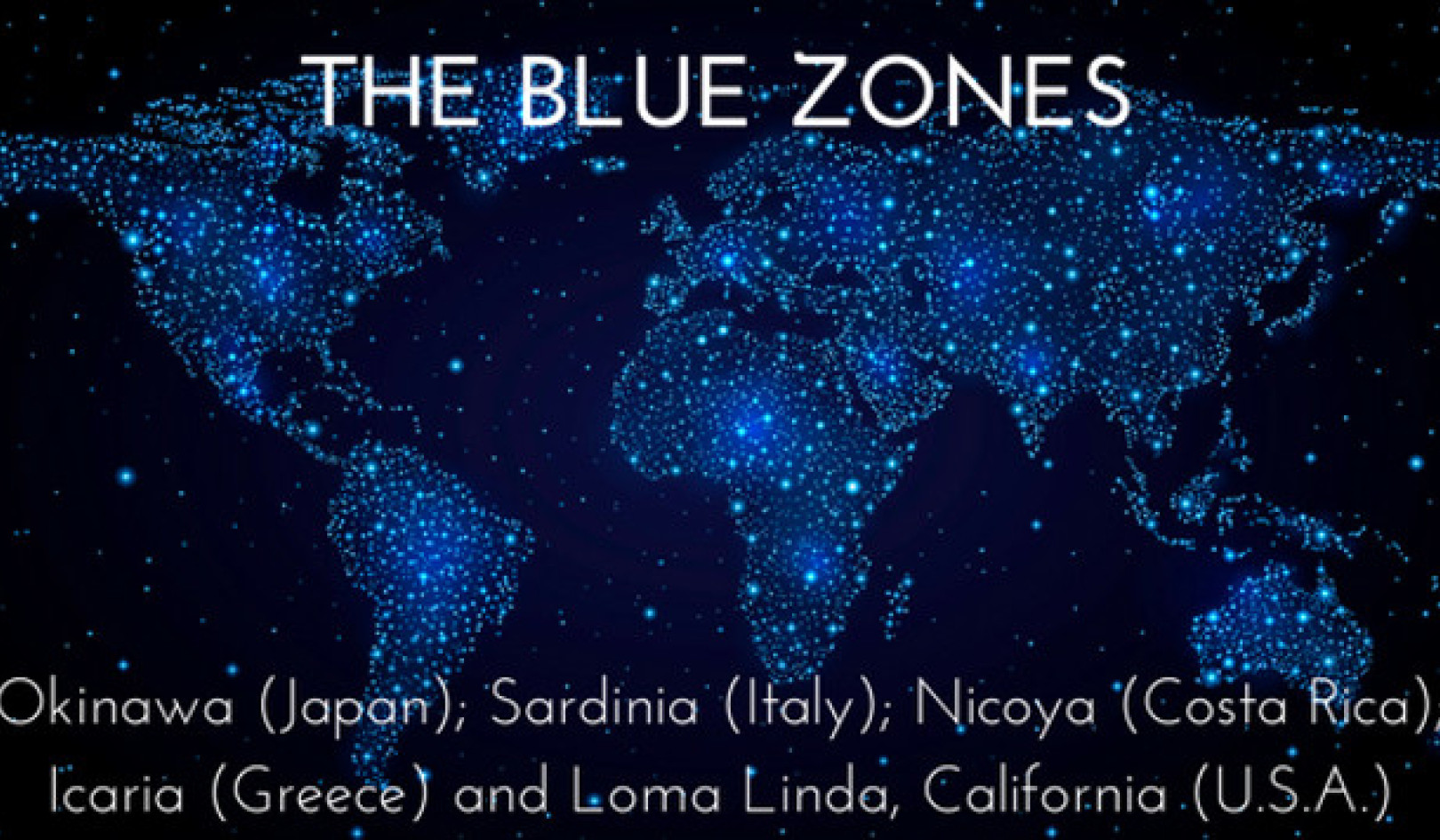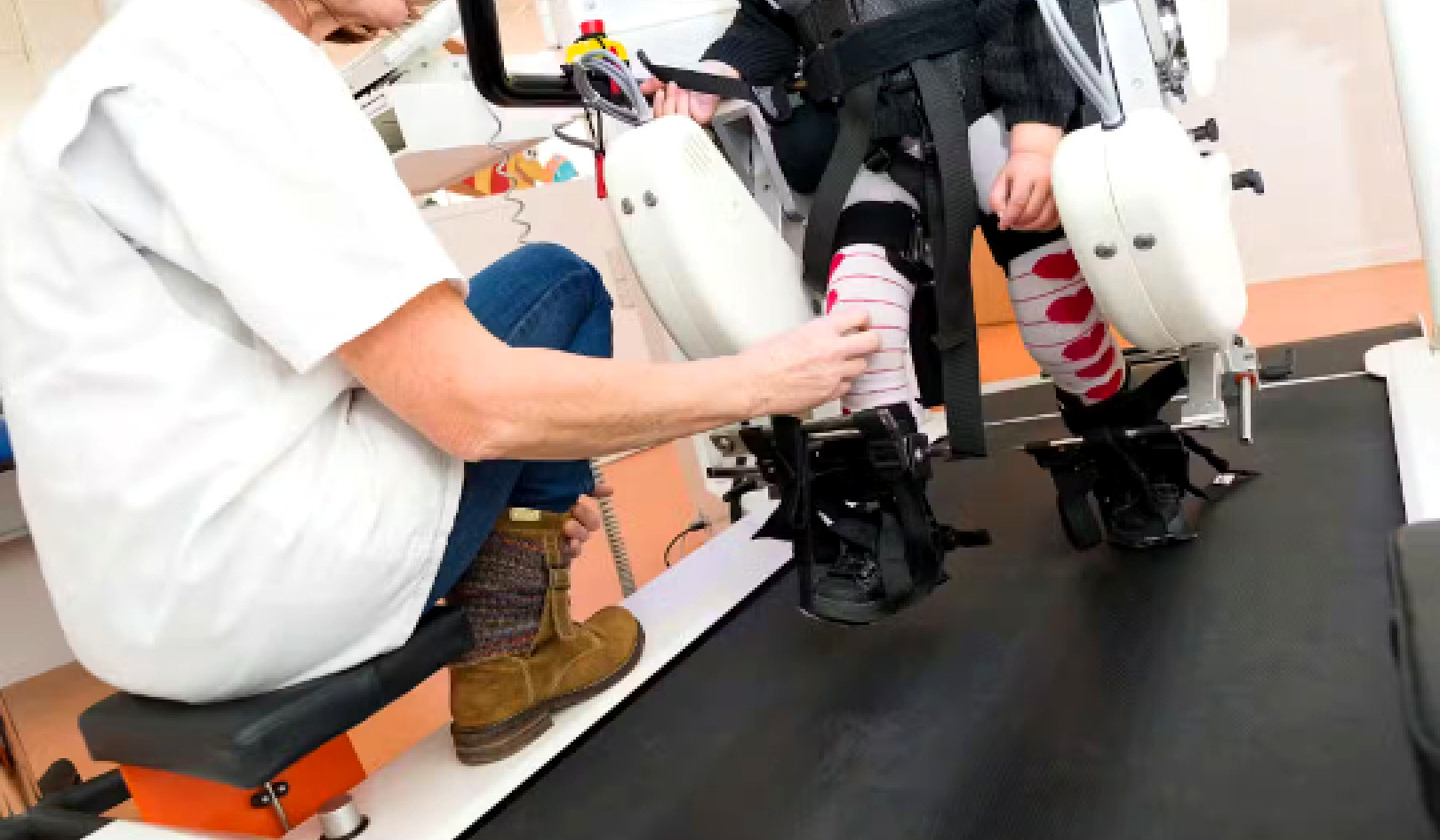
We are surrounded by an abundance of delicious food. Throughout the developed world, cooking shows saturate our televisions and streaming video feeds advertise greasy burgers and decadent chocolates. Our addiction to food is so powerful that despite obesity affecting more than a third of the world’s adults over the age of 35, no country has had success in reducing obesity for over 30 years.
What does an addiction look like?
A drug addiction is a chronic relapsing disorder characterized by compulsive drug-seeking that persists despite adverse consequences. It often involves cravings, tolerance, and withdrawals. While addiction may have its root causes in a variety of factors, from social isolation to genetic predispositions, it also involves a series of neurobiological changes that make it harder for an affected person to quit.
Food addiction seems to fit because people with food addiction do many of the same things that people with drug addiction do. They might eat more food than they planned, spend time eating instead of working or seeing friends and family, or feel anxious and agitated when they try to stop eating foods high in fat and sugar. Frequently, they will have tried to cut down on these foods, only to find themselves compulsively eating them again. It is not surprising then, that people with food addiction are more likely to be overweight or obese.
Conditioned for addiction
Many scientists argue that addictions to different drugs, and even to food, share fundamental learning or conditioning processes that make them broadly similar. In classical conditioning, exemplified by Pavlov’s dog, something ordinary like a sound or image appears shortly before something rewarding like food or drugs. Over time, the sound or image becomes associated with the reward and can cause a response on its own. In animals, scientists use simple stimuli like buzzers, tones, and flashing lights. For humans, marketing teams carefully design product logos and shoot advertisements showing popular celebrities with their sodas and burgers. Over time, we are conditioned to associate food branding with food products, allowing the logos and advertising jingles to drive our responses on their own.
“But when the rat is shown a cue or brought back to a context where they received food or drugs, they will press the lever again even if they aren’t getting any rewards, much like how many drug addiction patients will relapse even after receiving therapy.”
Operant conditioning takes things one step further than classical conditioning. Humans don’t usually just receive food – we generally have to do something first, like paying for it using cash or credit cards. In the laboratory, animals also have to ‘pay’ to get a drop of alcohol or sugar water by performing an action first, like pressing a lever. Addiction studies using operant conditioning often follow an experimental approach called reinstatement that is thought to model relapse. During the initial training phase, a rat might learn how to press a lever to get a reward. In the next phase, the reward is not available no matter how many times the rat presses the lever. During this second phase, which scientists call ‘extinction’, the rat learns to stop pressing the lever. The extinction phase is similar to psychotherapy for people with drug addiction because both help to suppress the drug or reward-seeking response. But when the rat is shown a cue or brought back to a context where they received food or drugs, they will press the lever again even if they aren’t getting any rewards, much like how many drug addiction patients will relapse even after receiving therapy.
A key line of evidence for the similarity between drug addiction and food addiction is the way the brain’s dopamine signaling system responds to both food and drug cues. When we receive a reward, there is a surge of dopamine, but over time, this dopamine response shifts towards the cues that predict that reward. These classic studies are widely cited in the addiction literature, but they were actually done with fruit juice as the reward. However, numerous other studies have explored the role of dopamine in drug addiction and found that drugs of abuse cause a similar pattern of responding in the dopamine system. While addictive drugs can cause a greater dopamine release than food, dopamine’s role in predicting food and drug rewards is mostly the same.
“Recent studies have shown that while GLT-1 is important for relapsing to cocaine use, it is not important for relapsing to sugar-seeking.”
Glutamate is another neurotransmitter system that is involved in processing food and drug rewards. Addictive drugs alter glutamate function and, in some ways, glutamate function is disturbed by both drugs and foods. However, a specific glutamate transporter, GLT-1, that is responsible for removing excess glutamate is involved in drug addiction but not food addiction. Recent studies have shown that while GLT-1 is important for relapsing to cocaine use, it is not important for relapsing to sugar-seeking.
When it comes to glutamate and food and drugs, even some parts of the brain respond differently. In recent work I was involved in, we used classical conditioning to teach rats to respond to a sugar cue and then injected a drug that suppressed glutamate signals transmitted through the mGlu5 receptor into specific parts of their brains. Even though previous studies had shown a brain region called the nucleus accumbens core was important for cocaine addiction, our rats still responded to a sugar cue even when we suppressed glutamate signals in the nucleus accumbens. We had another surprise when we targeted the basolateral amygdala, another brain region where our anti-glutamate drug had reduced drug-seeking. Instead of finding that our rats responded less to the sugar cue, we found that it improved their ability to tell apart contexts where they had previously gotten sugar compared to contexts where they hadn’t. In the sugar context, our rats seemed to respond more to the cue, while the cue became less effective in a neutral context. When it comes to glutamate, food and drugs seem to engage different molecular mechanisms and even brain regions.
“…our brains see foods and drugs differently and any treatments need to take this into account.”
Food addiction is different
It is easy to call a chocolate cake or a cheesy pizza addictive, but it’s not activating the same parts of the brain in the same way as addictive drugs like alcohol and heroin. We can learn to follow a cue whether it leads us to a cupcake or cocaine, but parts of our brains may be excited differently or using slightly different neurotransmitters. This doesn’t necessarily mean that food isn’t addictive and definitely doesn’t mean that frequent and compulsive overeating isn’t bad for our health. But it does mean that our brains see foods and drugs differently and any treatments need to take this into account. It’s important that we keep trying to understand the neuroscience of addiction and appetite so that in 30 years we will have success stories to tell about both drug addiction and obesity.
This article originally appeared on Knowing Neurons
About The Author
Shaun Khoo is a postdoctoral fellow at the Université de Montréal in Canada where he works with animal models of addiction and appetitive motivation. He is interested in the neuroanatomy and pharmacology underlying motivated behaviour, having worked on orexin and glutamate systems in both operant and Pavlovian designs. He is also founding president of Episteme Health Inc., an academic-run publisher aiming to provide fee-free open access publishing for neuroscientists.
Related Books
at InnerSelf Market and Amazon
References
Ayaz, A., Nergiz-Unal, R., Dedebayraktar, D., Akyol, A., Pekcan, A. G., Besler, H. T., & Buyuktuncer, Z. (2018). How does food addiction influence dietary intake profile? PLoS ONE, 13, e0195541. doi:10.1371/journal.pone.0195541
Bickel, W. K., Mellis, A. M., Snider, S. E., Athamneh, L. N., Stein, J. S., & Pope, D. A. (2018). 21st century neurobehavioral theories of decision making in addiction: Review and evaluation. Pharmacology, biochemistry, and behavior, 164, 4-21. doi:10.1016/j.pbb.2017.09.009
Bobadilla, A.-C., Garcia-Keller, C., Heinsbroek, J. A., Scofield, M. D., Chareunsouk, V., Monforton, C., & Kalivas, P. W. (2017). Accumbens mechanisms for cued sucrose seeking. Neuropsychopharmacology, 42, 2377-2386. doi:10.1038/npp.2017.153
Brown, R. M., Kupchik, Y. M., Spencer, S., Garcia-Keller, C., Spanswick, D. C., Lawrence, A. J., . . . Kalivas, P. W. (2015). Addiction-like synaptic impairments in diet-induced obesity. Biological Psychiatry. doi:10.1016/j.biopsych.2015.11.019
Gearhardt, A. N., Corbin, W. R., & Brownell, K. D. (2009). Preliminary validation of the Yale Food Addiction Scale. Appetite, 52, 430-436. doi:10.1016/j.appet.2008.12.003
Gratton, A. (1996). In vivo analysis of the role of dopamine in stimulant and opiate self-administration. Journal of Psychiatry & Neuroscience, 21, 264-279.
Khoo, S. Y.-S., LeCocq, M. R., Deyab, G. E., & Chaudhri, N. (2019). Context and topography determine the role of basolateral amygdala metabotropic glutamate receptor 5 in appetitive Pavlovian responding. Neuropsychopharmacology. doi:10.1038/s41386-019-0335-6
Knackstedt, L. A., Trantham-Davidson, H. L., & Schwendt, M. (2014). The role of ventral and dorsal striatum mGluR5 in relapse to cocaine-seeking and extinction learning. Addiction Biology, 19, 87-101. doi:10.1111/adb.12061
Lamb, R. J., & Ginsburg, B. C. (2018). Addiction as a BAD, a Behavioral Allocation Disorder. Pharmacology Biochemistry and Behavior, 164, 62-70. doi:10.1016/j.pbb.2017.05.002
Ng, M., Fleming, T., Robinson, M., Thomson, B., Graetz, N., Margono, C., . . . Gakidou, E. (2014). Global, regional, and national prevalence of overweight and obesity in children and adults during 1980-2013: a systematic analysis for the Global Burden of Disease Study 2013. The Lancet, 384, 766-781. doi:10.1016/S0140-6736(14)60460-8
Pavlov, I. (1927). Conditional reflexes: An investigation of the physiological activity of the cerebral cortex (G. V. Anrep, Trans.). New York: Dover Publications.
Reissner, K. J., Brown, R. M., Spencer, S., Tran, P. K., Thomas, C. A., & Kalivas, P. W. (2013). Chronic administration of the methylxanthine propentofylline impairs reinstatement to cocaine by a GLT-1-dependent mechanism. Neuropsychopharmacology, 39, 499-506. doi:10.1038/npp.2013.223
Schultz, W., Apicella, P., & Ljungberg, T. (1993). Responses of monkey dopamine neurons to reward and conditioned stimuli during successive steps of learning a delayed response task. The Journal of Neuroscience, 13, 900-913. doi:10.1523/JNEUROSCI.13-03-00900.1993
Sinclair, C. M., Cleva, R. M., Hood, L. E., Olive, M. F., & Gass, J. T. (2012). mGluR5 receptors in the basolateral amygdala and nucleus accumbens regulate cue-induced reinstatement of ethanol-seeking behavior. Pharmacology Biochemistry and Behavior, 101, 329-335. doi:10.1016/j.pbb.2012.01.014
Volkow, Nora D., & Morales, M. (2015). The brain on drugs: From reward to addiction. Cell, 162, 712-725. doi:10.1016/j.cell.2015.07.046
























